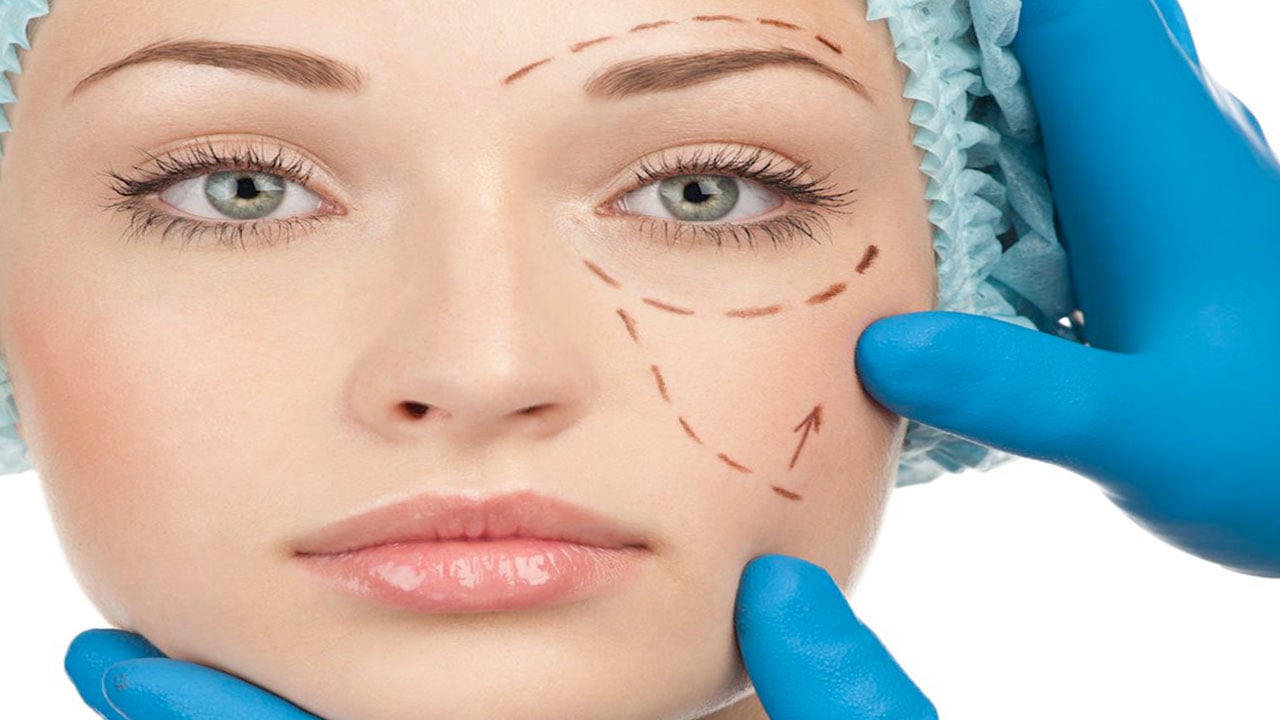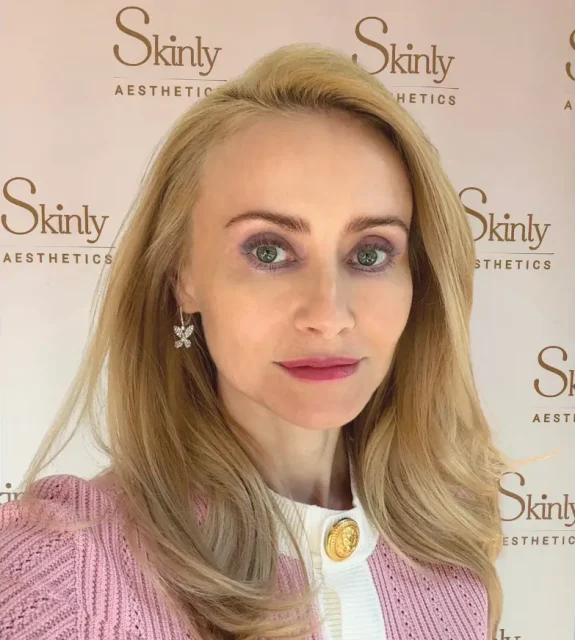
How do you choose the right plastic surgery and right plastic surgeon? What plastic surgeries really make a difference to help you feel happier and healthier? Can plastic surgery improve your well-being?
So far, we have covered chins, brow lifts, eyelid lifts and more and for May and June, we would like to discuss the following: How do you choose the right plastic surgery and right plastic surgeon? What plastic surgeries really make a difference to help you feel happier and healthier? Can plastic surgery improve your well-being?
A recently published piece in JAMA Facial Plastic Surgery made some headlines with “surprising” results of one plastic surgeon’s patients, indicating that facelifts, brow lifts and eyelid surgeries made almost no impact on the patients’ attractiveness and minimal impact on how youthful they looked. After 30 years of practicing as a plastic surgeon myself, my first thought was “Of course. None of those procedures touched the facial skeleton.” And I can understand why some people would find the results surprising at first glance. Aesthetic facial surgeries like facelifts are not small procedures, and one would expect the impact to be dramatic—which it can be, and which is why the subjects tended to look a few years younger after their surgeries.
To really see behind the headlines, it is essential to understand that “attractiveness” and “youthfulness” are related, but based on different sets of criteria—and therefore impacted by different types of aesthetic surgeries.
Youthfulness has to do with firmness and smoothness of the facial skin and musculature, from plump cheeks to smooth skin around the eyes, mouth and jawline. Aging and the effects of gravity cause wear and tear on these youthful features, causing soft tissue atrophy and a loss of projection of the midface skeleton (in layman’s terms, lower lids to lengthen and cheeks to sag and become hollow).
Attractiveness, on the other hand, is based on underlying principles of symmetry and balance. To truly see a dramatic difference in objective measures of “attractiveness,” procedures must enhance the underlying skeletal structure of the face. This is commonly achieved through facial implants, which can now be customized precisely to your facial skeleton to achieve more exact balanced results.
In short, facelifts, browlifts and eyelid surgeries alter the way that the skin and musculature sit on the skeleton, but they do not alter the bone structure that builds the foundation for symmetry in the first place. They can help patients to appear younger, but cannot reasonably be expected to change their objective level of attractiveness. For patients who are happy with their underlying facial structure and are looking to regain some of the key attributes of their youth, these procedures can be an ideal solution.
Choosing the right surgeon is just as important as choosing the right procedure. Why? Well, because conventional brow, eye and facelifts only allow the surgeon to remove or tighten facial tissues, producing a look that may be better but is often unnatural and exaggerated. The goal is to create a natural youthful rested appearance that is beautiful too. We have all seen victims of the wrong type of cosmetic surgery—people who look perpetually surprised from brows raised too high; whose eyes are strangely round and hollow from excess skin and neck fat removal; whose necks appear uneven or pulled too taut; or whose lower eyelids merge unnaturally with overly flat and windswept cheeks. These patients often end up having to revise their cosmetic surgery procedures with different surgeons.
When evaluating potential plastic surgeons, always make sure that your prospective surgeon is board-certified by the American Board of Plastic Surgery®. These certified plastic surgeons go through prolonged specific training, examinations, and requirements for recertification to make cosmetic surgery safe.
Beyond that, you’ll want to carefully examine multiple “before and after” pictures of patients on whom they have performed the procedure you are considering. Ask how many times they have performed the procedure, and if possible, ask for patient testimonials as well. Candid conversations with the right plastic surgeon will help you determine the best procedure to meet your needs and ensure you will be happy and satisfied with the end result.
What plastic surgeries really make a difference to help you feel happier and healthier? Any facial plastic surgeries can help you feel happier therefore, you may feel healthier as a result of achieving greater happiness. And we know that attractiveness may be measured by perception, but improving one's outer appearance and overall beauty and image may be properly achieved when choosing the right surgeon and can lead to happiness and better health and an overall feeling of wellness.
So indeed, facelifts, browlifts and eyelid surgeries alter the way that the skin and musculature sit on the skeleton, but they do not alter the bone structure that builds the foundation for symmetry in the first place. However, with precision, the right surgeon can help patients to appear younger, but cannot reasonably be expected to change their objective level of attractiveness. Yet, for patients who are happy with their underlying facial structure and are looking to regain some of the key attributes of their youth, these procedures can be an ideal solution. It can promise the hope to feel and look more youthful and beautiful.
And again, it is just as important to choose the correct procedure that can help one appear more youthful while still looking natural. Exaggerated plastic surgery does not lead to a happier and more joyful feeling. Yet, can plastic surgery improve your well-being? Yes, the right plastic surgery that helps you look natural and more beautiful can help generate happiness and therefore, leads to better health and wellness. In conclusion, when you choose the right plastic surgeon and the right procedure for your needs then this can improve your well-being because when you to look your best, then you feel your best!





















